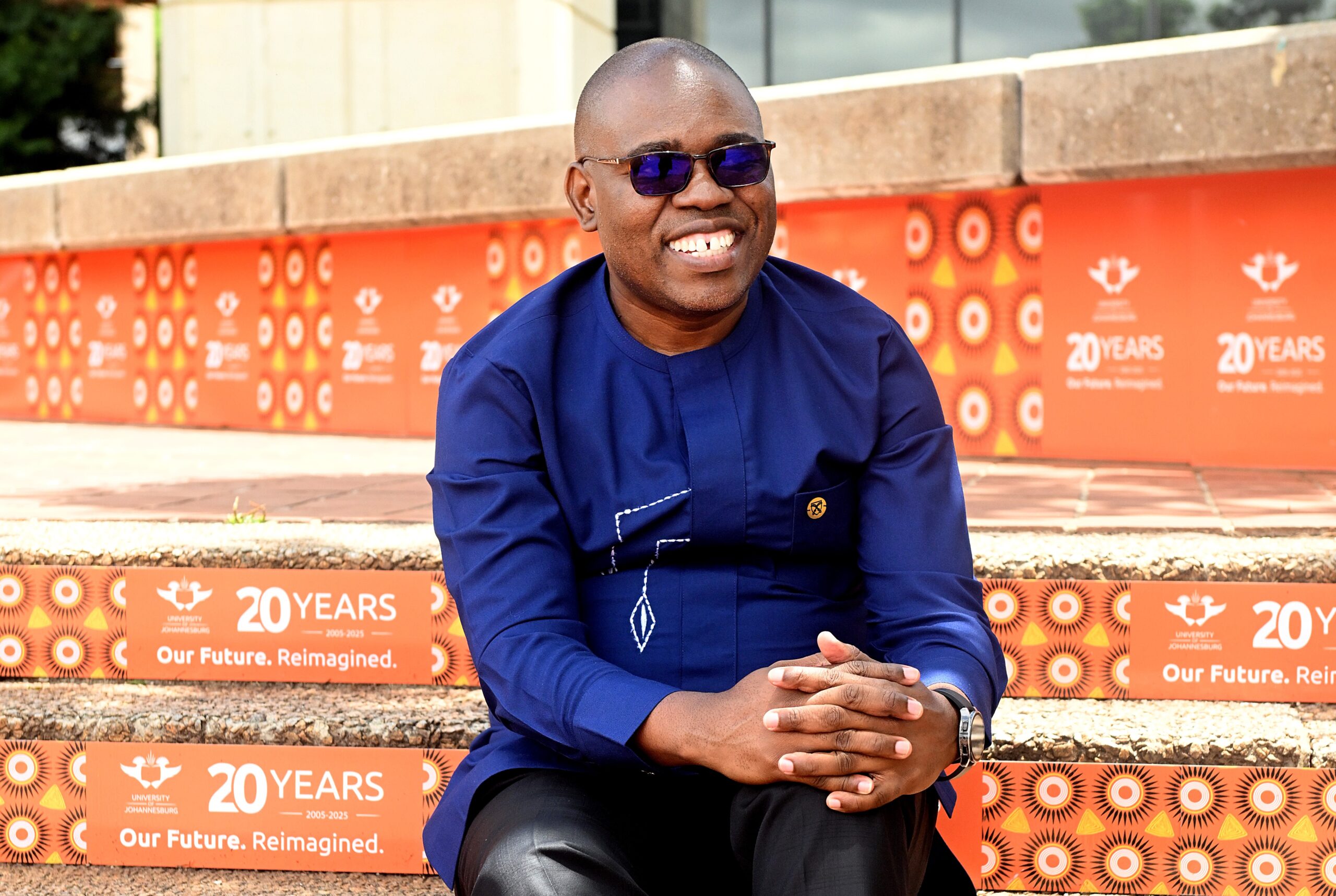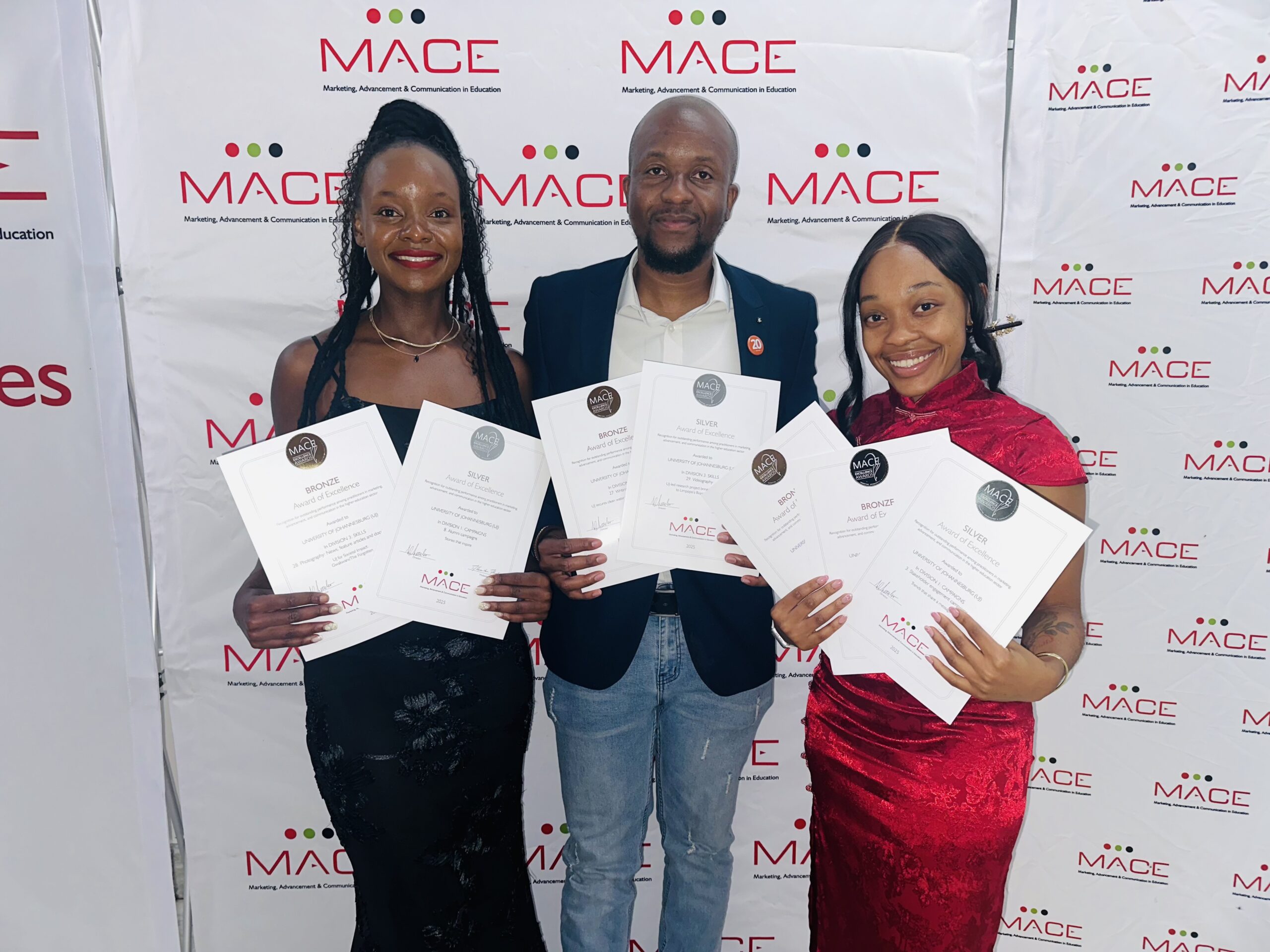Victoria J Collis-Buthelezi is associate professor of Literary Studies and Director of the Johannesburg Institute for Advanced Study (JIAS).
She recently published an opinion article that first appeared in the Daily Maverick on 27 March 2025.
Trump’s fascination with the fate of Afrikaners and South Africa’s policy framework on racial equality should not be surprising. It lies in what the post-1994 legislative framework means to race and equality globally.
US President Donald Trump rode to victory to Make America Great Again (Maga), if his claim is something to be believed. Making America Great Again is to return the US to its past “glory”, before the 1960s Civil Rights legislation set equality for all.
Before the blacks, the women, the gays, the black and brown immigrants, and all these Others, could claim the right to the American Dream.
Before the 1960s, there was a clear agreement between white capital, the white bourgeoisie and white labour. This was not only in the US, but globally.
Thus, stepping off his presidential plane on 7 February 2025, Trump said “terrible things are happening in South Africa”. As is now well documented, Trump was referring to the Expropriation Act and South Africa’s redistribution policies aimed at ending racial inequality.
Since making this statement, Trump has issued an executive order “Addressing the Egregious Actions of the Republic of South Africa”. The order cut off US aid to South Africa and offered to resettle Afrikaners as refugees in the US.
Polarised debates
Today, deeply polarised debates continue to rage in South Africa about how we speak of race and inequality. Some argue that the very utterance of race fosters societal division and frays South Africa’s social fabric. Many contend that inequality is a class question, such that the mostly black political elite have betrayed the masses. Others press for the explicit labelling of inequality in South Africa as racial.
What is often forgotten in this discourse is that equality is part of the founding myth of South Africa post-1994. Apartheid was an extension of the global racialised colonial order put in place at the end of the 15th century.
Post-apartheid South Africa’s recognition of racialised inequality as a malady and equality as its goal is what is at issue for the Trump Administration. If successful, post-apartheid South Africa’s approach to land and inequality would contribute to the demise of the colonial racial order. The rhetorical landscape of what freedom is and what a healthy South African society and economy look like, always already includes equality.
What SA means to Trump
Trump’s focus on Pretoria so soon after his inauguration may have caught some by surprise. But this was not the first time Trump has expressed concern about post-apartheid South Africa’s policy framework on the race question.
In 2018, two years into his first administration, Trump queried South Africa’s policies on land redistribution and ending racial inequality. This was several years before Elon Musk joined Trump.
Trump’s current fascination with the fate of Afrikaners in South Africa and the country’s policy framework on racial equality should not be surprising. It is not random or the function of a momentary radicalisation by the likes of Musk and other South African expats.
Trump’s interest in South Africa lies in what the post-1994 legislative framework means to race and equality globally.
Trump’s recent electoral victory stemmed from two factors.
First, widespread frustration with the current political system and economic order in which the massive profits of capital do not trickle down.
The second: backlash against racial redress policies in the US, such as DEI (Diversity, Equity, and Inclusion). DEI policies have their roots in the 1960s Civil Rights Movement. They promote fair treatment, equal access and participation for all, including those who have been historically underrepresented or discriminated against.
Frustration with the economy and resentment of DEI are interconnected. DEI and racial equality have long been scapegoated for the economy’s failure. The 6 January 2020 attempted coup and Trump’s 2024 re-election point to the crisis around race and equality in the US.
Historical US ambivalence
There has been ambivalence about race and equality in the US since the American Revolution and the Declaration of Independence in 1776. The Declaration of Independence claims that “all men are created equal”. Yet that claim has caveats.
In 1787, the 3/5 (Three Fifths) Compromise was put in place. It stated that for voting purposes, one black man equalled 3/5 of one white man. The 15th Amendment to the US Constitution in 1870 changed this. But it only became a protected right under US law with the 1965 Voting Rights Act.
The third US President, Thomas Jefferson, wrote the Declaration of Independence. Jefferson was a slave owner who “owned” 600 enslaved persons. He thought slavery evil and necessary for the maintenance of the economy of the US South. He bought into the prevailing ideas of the time around black inferiority and the “benefits” of slavery to African civilisation (Jefferson 1781).
Jefferson was a product of his time. A time in which “Man” did not include women (white or black), or anyone not racialised as white. Today, many read “all men are created equal” to mean “all humans” and assume that white and black, settler and native, enslaver and enslaved, male and female/nonbinary are included or were meant to be.
Yet, when these words were penned in 1776, “men” referred to a select few white men with property. This is why the Jamaican theorist of modernity, Sylvia Wynter, refers to “Man” as an “ethnoclass” of humanity.
Haitian Revolution
We may want Jefferson’s “all men are created equal” to be a universal claim of equality, but it was one with caveats and exclusions. The notion of freedom and equality put forth through the American Revolution and the US constitution was never guaranteed to all. Look at the anxiety in the US and Europe around the Haitian Revolution (1789-1804).
The only successful slave revolt in the Western Hemisphere, the Haitian Revolution and its definition of equality and liberation were seen as dangerous to the racial colonial order. Haiti’s 1805 constitution declared anyone on Haitian soil free citizens and defined all Haitians as black.
This use of black was not biological or even cultural. Germans who settled in Haiti were included. Rather, this declaration that all Haitian citizens were black offered a definition of humanness beyond the limits of “Man” as white males endowed with capital. It was an attempt to offer a universal idea of humanness that countered the American or French Revolutionary ones, which in the main limited their universal equality to white men with property.
Haiti’s constitution attempted “Black liberation”. By “Black liberation”, I mean the dismantling of white supremacy, imperialism and privilege. “Black liberation” refers to the deconstruction of the colonial race-based global order – structures of social life, economy, and feeling – set in motion in the late 15th century when notions of white racial superiority and non-white inferiority were popularised to justify European expansion, exploitation and extraction.
Columbus’s ‘discovery’
“Black Liberation” decouples power and race and Blackness and extraction. Under the racialised colonial order that commenced with Columbus’s 1492 “discovery” of the Western Hemisphere, whiteness became a thing. It is not that race or “racialism” did not exist before 1492, but racism (especially antiblack racism) fed the demands of mercantile capitalism and accumulation (Cedric Robinson 1983).
As Cedric Robinson explains in his book, Black Marxism, “the creation of the Negro [the Black], the fiction of a dumb beast of burden fit only for slavery, was closely associated with the economic, technical and financial requirements of Western development from the sixteenth century on”.
Whiteness and Blackness emerged as Europe began to “discover” the rest of the globe as spaces from which it might extract minerals and labour or exploit agriculturally. As possessors of whiteness, white people became the “ideal” humans against which some of us were not-quite-human or subhuman.
Undoing the order
“Black liberation” is the work of undoing that order and constituting a new planetary set of relations that recognise all as human and in service to all. It involves attending to contemporary racial (and other forms of) inequality as endemic to human existence. It requires acknowledgement that inequality does not reflect our desired form of living with one another; as such, we have to work at its undoing, which includes redressing historical wrongs.
Like Haiti, South Africa has tried to decouple race and power and Blackness and extraction. Whatever critique one may have of the post-apartheid South African state, racial equality is one of its primary goals.
The 1994 South African democratic elections emerged through a negotiated settlement. A set of compromises was made around economic justice, redistribution, safety, security and much more.
Deferred as “Black liberation” may have been by the negotiated settlement, post-apartheid South Africa is predicated on at least two things. First, that inequality is a fact of South Africa, indeed contemporary life, and that race has something to do with it. Second, that equality is the ultimate goal, post-apartheid.
Post-1994 South Africa aims to overturn the pact of white protectionism between white capital, white bourgeoisie, and white labour ratified in 1910 in South Africa – 1910 was a national version of a global order implemented in the 15th century.
Trump is offering a new deal for white protectionism in the face of a growing global non-white majority: rather than relinquish white privilege, choose white supremacist autocracy. For this new pact to succeed, South Africa must give up equality.
Post-apartheid South Africa is imperfect, but its commitment to land redistribution and racial equality must be defended.
*The views expressed in this article are that of the author/s and do not necessarily reflect that of the University of Johannesburg.



